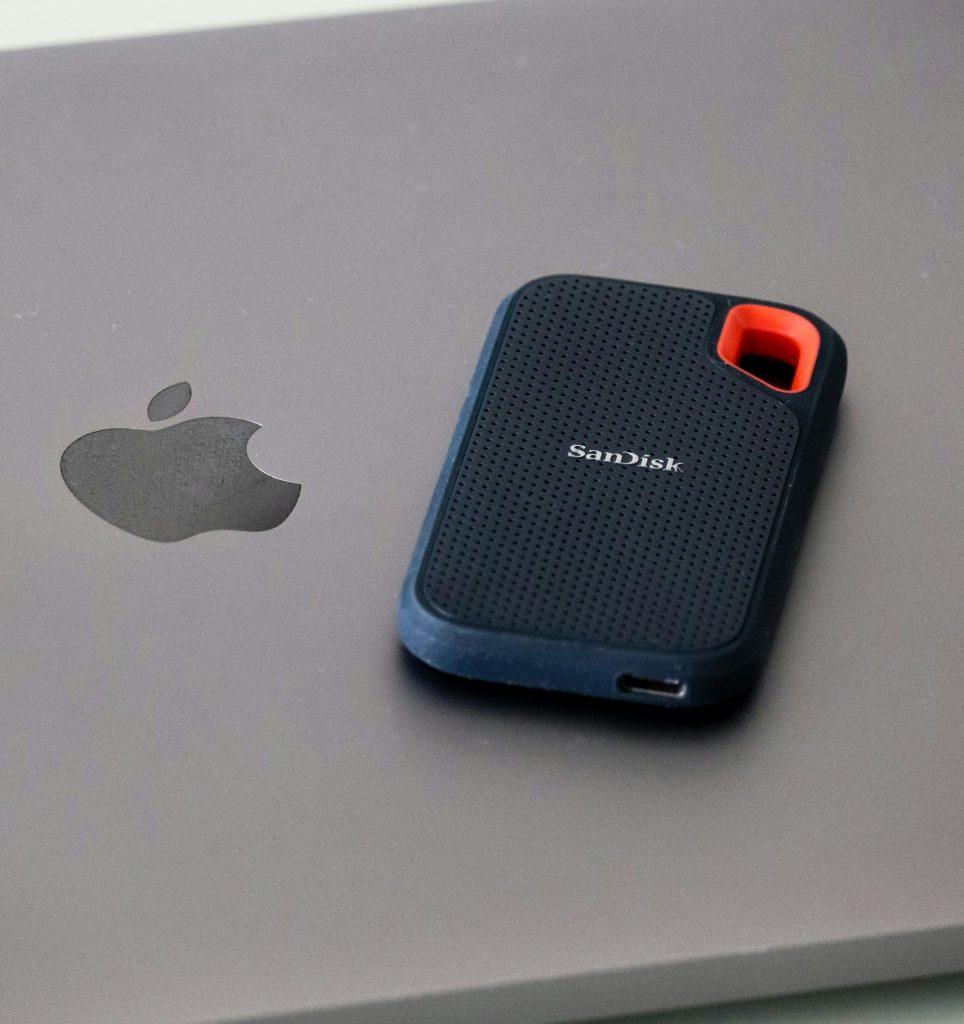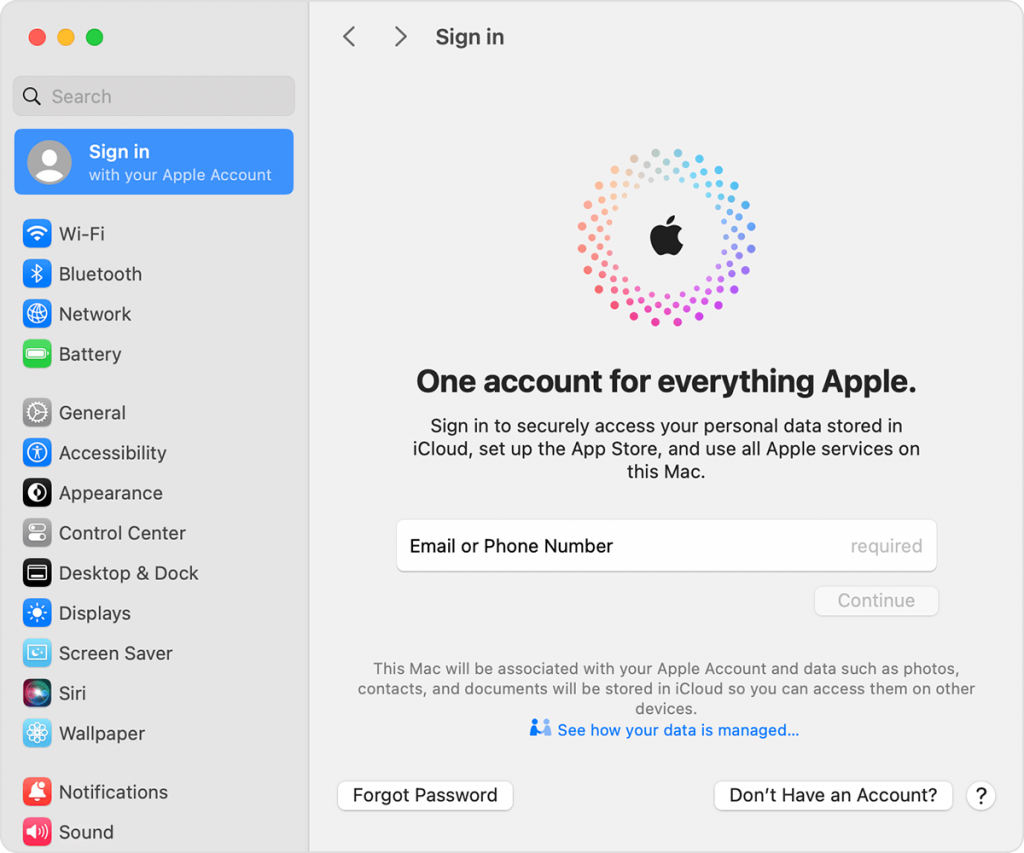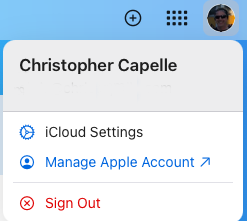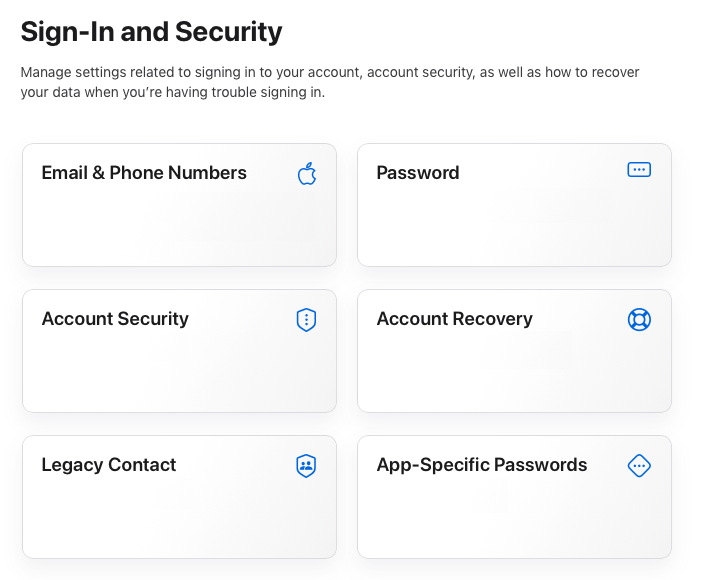December 31, 2025
Are You Still Using an Optimum (or AOL, Yahoo, et al) email Account?
I know you’ve heard this before, but it happened again: Optimum, the main internet (and cable television) provider in Fairfield County, CT has been having issues with its email service. Again.

Understand, its revenue comes from its subscribers (luckily, I’m not one of them!), advertising, revenue from the premium channels it carries, and rent on the equipment (cable boxes, routers, and modems) that are required to bring the signal into your home or office. Now its ubiquitous email service (@optonline.net) is merely an afterthought, something it introduced when it got into the internet business over 25 years ago.
To put it mildly, this email service stinks. Its unreliable, and customer service there has gone downhill since founder Charles Dolan sold the entire mess to Altice for a cool $17.7 billion, back in 2016. I’ve gone on and on and on about how users should establish an email account with a more stable provider (say what you want about Google, but I never see issues with its service) and migrate away from Optimum. (This also goes for other outdated and troublesome email providers, including AOL, Hotmail, SNET, Yahoo, etc.)
Setting up email on a device isn’t brain surgery: All one needs is the username (email address), the password, the name of the incoming and outgoing mail servers, and the port numbers for the aforementioned servers. And the security protocol. All info (except username and password) is easily found. Yet, some clients were able to send and receive Optimum email on one device (computer, for example) and not on another (iPhone or iPad), using the same credentials.
True story: During the Optimum troubles of 2025, reps at Optimum were quick to blame the tech companies. For example, when its email wouldn’t work on an iPhone, it was “an Apple problem.” And when a client had a Windows PC and the email didn’t work, it was “a Microsoft problem.” Now, that’s deflecting better than Dominik Hasek!
“But what about all the services and sites that use my Optimum email address as my logon?” you ask?
A valid question, no doubt! Yes, you will have to change your logins one at a time, but you don’t want to lose access to your Optimum mail. So do this:
Establish a new email account. Easiest option is Google’s Gmail. (Yes, they have a dossier on all of us, but so does Facebook!) Or Proton Mail (which is what I use, but I don’t recommend it for non-technical users, as it’s a bit of a pain to set up).
Open a browser and log onto Optimum’s site (or AOL, Yahoo, or whatever mail you’re trying to migrate out of) and navigate your way to SETTINGS. (They’re pretty much the same.)
Once you’re in SETTINGS, look for something called MAIL FORWARDING. Click the link and enter your NEW email address in the proper field and enable forwarding. (Don’t forget to save!) You can opt to keep a copy of each email in your Optimum (or AOL et al) inbox, or not.
Now, send yourself a test to your OLD email address, and confirm it comes through to your NEW email inbox.
There, you’ve done it! You have some breathing room to start changing your login email address for your bank, Amazon, Apple Account, etc. Yes, it’s a pain to do it one by one, but take a few at a time and it’ll be done before you know it.
Happy New Year!














